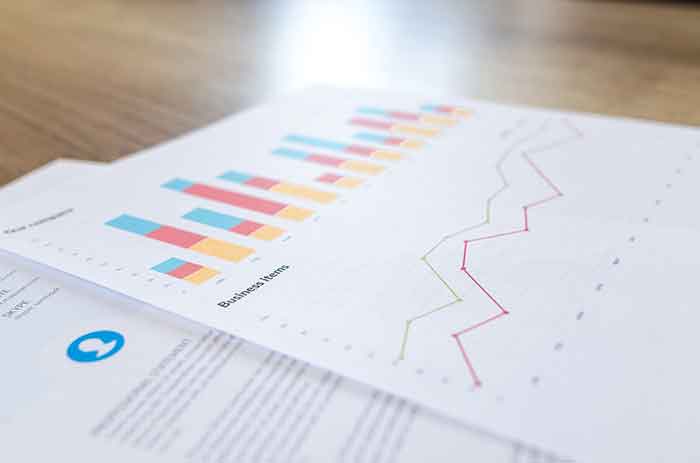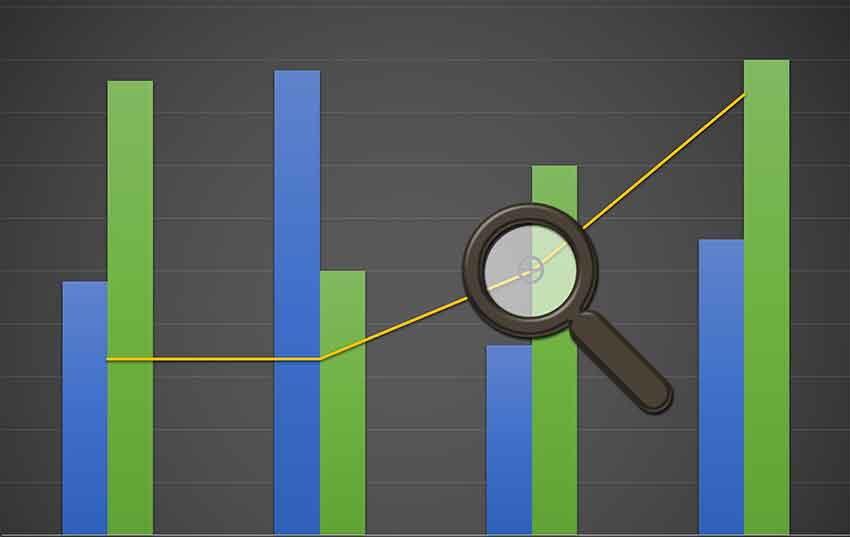Are you looking for how to develop a small business financial plan? then, you are on right page. Keep reading this article.
Financial planning for your small business is the major step for your future. You need to involve all the things related to your financial resources and take decision in right time. So, develop a small business financial plan and secure your startup.
7 Basic things included in financial planning?
There are major four things you need to include while planning your small business finance.
1. You need to determine all growth ratio in your business.
2. What is your business goals and milestones that you want to achieve.
3. Who are the business advisers for your startup.
4. Employment of excellent management team.
5. What are the vital components of a financial plan.
6. Financial position analysis.
7. Importance of financial plan.
What is financial plan?
Financial plan is a professional document that helps you to calculate the marketing, production and administration budgets. It will also determine the financial value of company and money requirements.
There are basic three things to cover in your financial plan.
1. Cash flow.
2. Income statement or profit and loss statement.
3. Balance sheet.
Importance of financial plan for your small business.
It is most vital document for running your business smoothly and without any financial issues. There are many entrepreneurs repeating same mistakes about not planning those financial requirements. Here is why you need financial plan for your small business.
1. You can determine what is the size of your investment.
2. Identify the relevant sources of finance.
3. Determining the initial capital requirements.
4. Determine Annual Investment for your Business.
5. Cash flow for running your business.
These are few importance for developing a financial plan for your small business. So, do not make any mistake for ignoring financial plan for your business.
6 Steps to Develop a Small Business Financial Plan
Now, we will go further for step by step for how to develop a small business financial plan for your startup.
Step 1. Collect all the Financial Inputs.

Determine the requirement of marketing funds, operations and organizational funds before writing a financial plan for your startup. You have to calculate the actual budget for all these three major terms. Even, you have to add monthly and annual sales forecast of your marketing plan.
Determining all the budget information’s and its fund requirements will be called as a financial budget for your business.
Financial Budget = Marketing Budget (Sales forecast) + Administrative Budget(Organizational plan) + Operation Budget(Operational Plan)
Step 2. Project Implementation Costs.
The project implementation costs are connected with your short term expenditures and long term. You can include operation plant, equipment’s, machinery, vehicles and other long term assets in long term expenditures.
On other side, you can add salaries, factory bills/overheads, raw material or inventories and small amount of expenses in short term expenditures. You can also add your daily expenses or costs in short term expenditures.
What are the main components of project implementation cost?
1. Contingency cost.
2. Capital expenditure.
3. Working capital.
4. Other expenditure.
You need to add these 4 major components in your project implementation costs. Now, let more forward for sources of finance.
Step 3. Sources of Finance.
You need to determine which are the possible sources for getting business funds for your startup. Calculate the different financial sources to meed your project implementation costs.
Internal sources of finance.
1. Friends & Family.
2. Savings.
3. Equity contribution.
4. Cash on assets.
External sources of finance.
1. Commercial banks.
2. Finance companies.
3. Government agencies.
4. Term loan.
You need to calculate the risk margin and regular profit margin before applying for business funds.
For more information about getting funds for your business; you can read our article about how to get finance to start a small business in 2020.
Step 4. Cash flow statement.
Cash flow statement determine the value of expenses and profit margin of the business. It will be calculated on monthly or annual basis. You can calculate your cash flow statement on three consecutive years and find the actual data for your startup.
You have to confirm the financial funds with your cash flow statement and its fund requirements. Cash flow statement must show following things.
1. Cash inflows.
2. Cash outflows.
3. Cash deficit or surplus.
4. Cash position.
Now, we are going to describe the elements of cash inflow and cash outflow types. So, you can easily understand the cash flow system.
1. Cash inflows elements.
- Equity contribution.
- Cash sales.
- Term loan.
- Collection of receivables.
- Others.
2. Cash outflows elements.
- Admin Expenditure
- Marketing Expenditure
- Operation Expenditure
- Term loan repayment
- Hire Purchase repayment
- Pre-operating expenditure
- Payment for deposits
- Miscellaneous expenditure
- Purchase of fixed assets
You can easily calculate the cash flow for your funding requirements. Just learn above fund requirements and calculate the amount of money required for your startup.
Step 5. Income Statement.
Income statement determine the value of your business profit and loss. Also, it will contain the main elements like sales, gross income and net income before tax.
Gross profit = Sales – Cost of Sales
Net Income before Tax = Gross profit – Operating Expenses
Step 6. Balance sheets
Balance sheets determine the financial performance and the amount of profit and loss of your business. Generally the pro forma balance sheets prepared for three business years.
The elements of balance sheet.
1. Assets.
2. Owners equity.
3. Liabilities.
We can calculate the assets by adding owners quity and liabilities. There are two types of assets you can determine. One is non current asset and another is current asset.
Non current assets.
1. Property.
2. Plant.
3. Machinery.
4. Equipment’s.
5. Vehicles.
6. Renovations.
7. Any long term investment.
and other side.
Current assets are
1. Cash inventories.
2. Raw materials.
3. Work in process.
4. Finished goods.
5. Any short term investment.
These all assets must be included in your balance sheets.
Step 7. Basic Financial Analysis.
The working condition of your business and performance of your assets will determine the basic financial analysis of your startup. It also includes financial statements and profit loss statements.
In easy term you have to write about the companies liquidity, efficiency, profitability and solvency.
You have to write following details in your basic financial analysis.
1. Cost of sales
2. Gross profit
3. Marketing expenses
4. Admin Expenses
5. Depreciation charges
6. Other operating expenses
7. Interest in term loan
8. Net income before tax
9. Inventory of raw materials & finished goods
10. All non current assets
11. All current assets
12. Owners Equity
13. Long term liabilities
14. Current liabilities
15. Debt to Equity Ratio
16. Return on Equity Ratio
17. Return on Assets
18. Net Profit Margin
19. Gross Profit Margin
20. Inventory Turnover
If you are confused on any of these financial terms then, you can comment your questions in comment box. Also, you can research these terms on the google search engine for detailed information.
The financial plan is vital step for your business plan. So, focus on your financial requirements and calculate it according to its marketing, administrative and operational budgets.
The output of financial plan.
1. Project implementation cost schedule.
2. Sources of financing
3. Cash flow statement
4. Income statement and
5. Balance sheet.
These all data will help you to predict your financial security of startup and working model. So, if you are still confused for how to develop a small business financial plan then, leave your confusions in comment box. Thanks for reading this article. Do not forget to share these information with your friends and family member who are looking for writing a financial plan.


1 comment
Small business or future helping another solutions Clemet